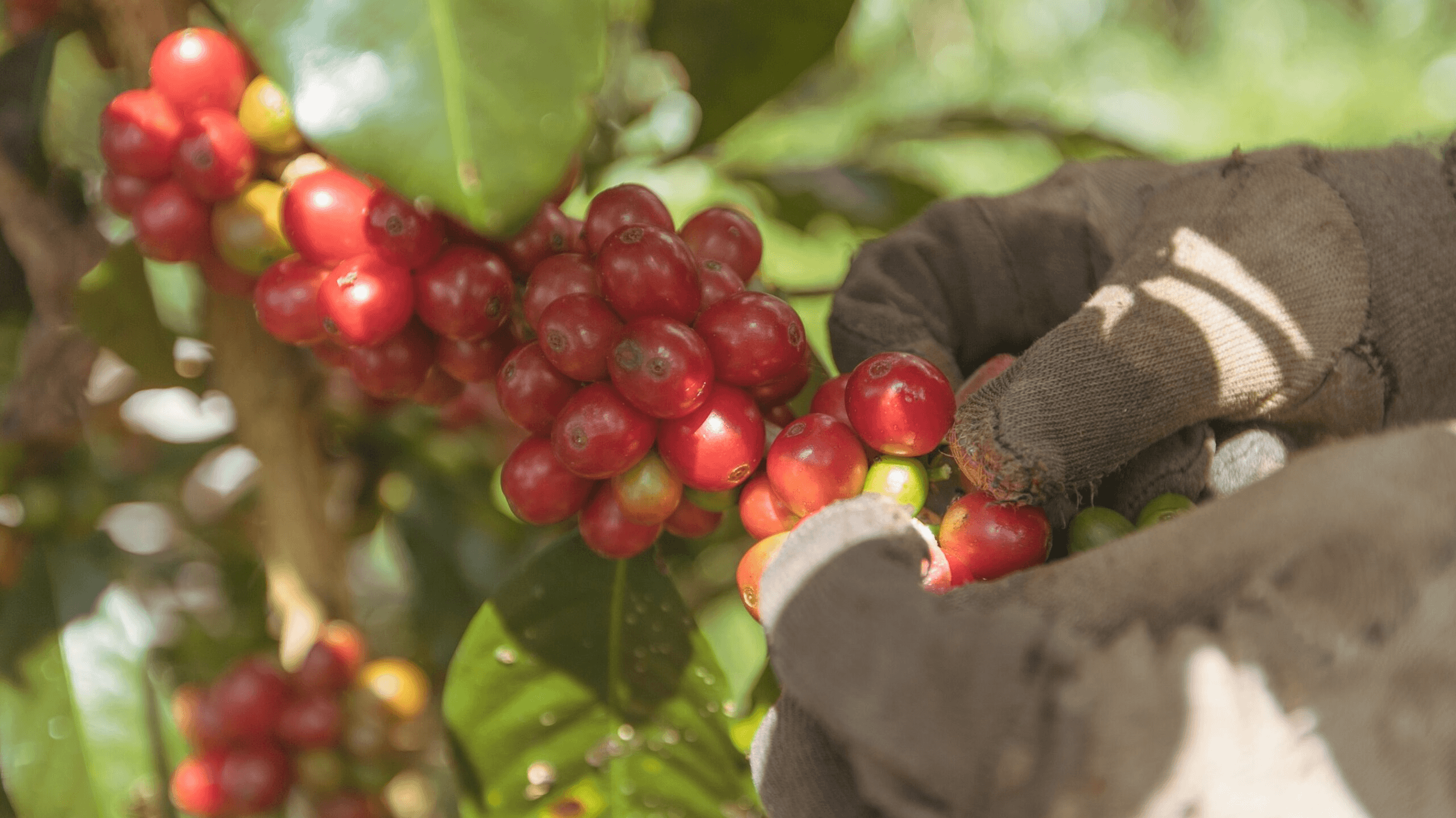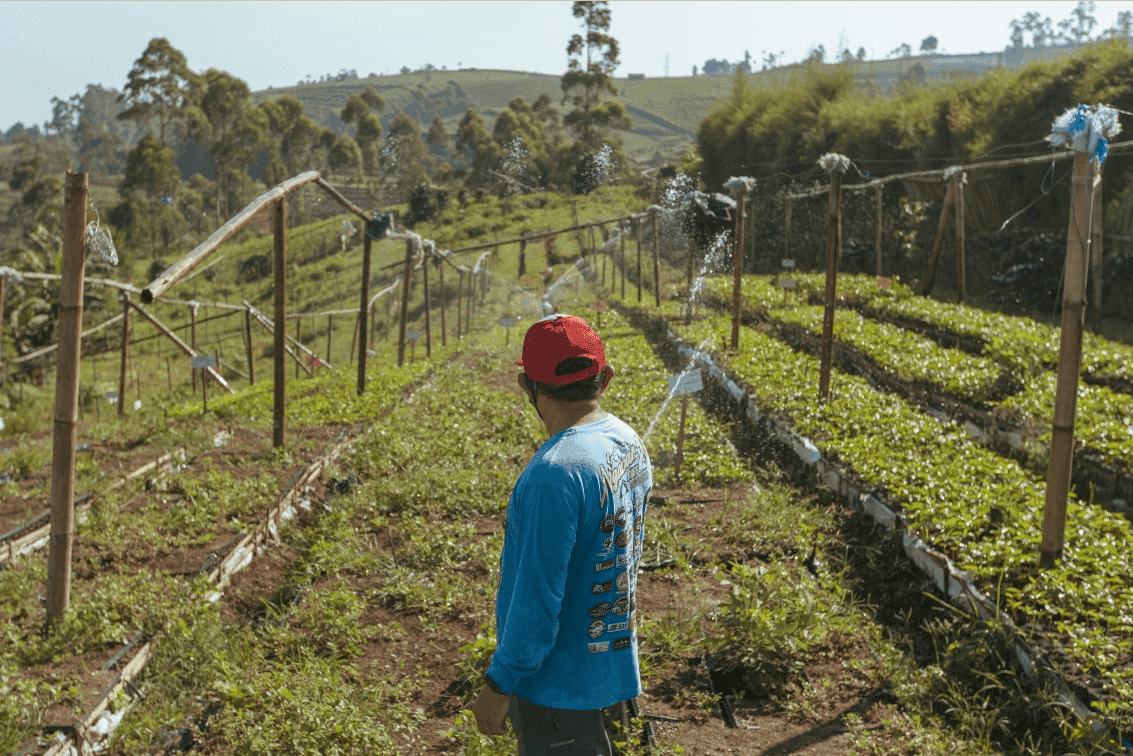
Indonesia, an archipelagic nation comprising over 13,000 islands, is the world's fourth most populous country. In 1945, it declared independence as the Republic of Indonesia, achieving de facto independence after a four-year struggle against the Netherlands. The country's founding slogan, "Bhinekka Tunggal Ika (Unity in Diversity)," aptly describes this multicultural nation where over 300 ethnic groups coexist and more than 500 languages are spoken. Cultural diversity is evident across the archipelago, with islands like Java, Sumatra, Sulawesi, and Bali each boasting unique traditions in music, dance, and various other aspects of life. Indonesia's geographical diversity is equally remarkable. Despite straddling the equator, the country features mountains reaching 4,000 to 5,000 meters in height. This varied landscape supports an impressive array of ecosystems, from tropical rainforests to alpine vegetation, with flowering plants alone numbering around 25,000 species. Religious tolerance is another hallmark of Indonesian society. The archipelago has a long history of embracing diverse faiths. Hinduism arrived in the first century BCE, followed by Buddhism in the 7th century CE. Islam began to spread in the late 13th century and is now the predominant religion, with about 90% of the population identifying as Muslim. However, Indonesian Islam often differs from more conservative interpretations found in the Arab world, generally embracing a more liberal approach. Religious demographics vary significantly by region, with Bali, for instance, being 90% Hindu. Indonesia's national ideology, Pancasila, includes "Belief in One Supreme God" as one of its five principles. While this principle doesn't specify a particular faith, it does require citizens to adhere to one religion. Atheism is not tolerated, as those without religion are often viewed as communists. This perfectly symbolizes the country's ethos of "Unity in Diversity." Thanks to its cultural diversity and natural beauty, tourism has become a crucial pillar of Indonesia's economy.

Indonesia's coffee production began in the late 17th century when the Dutch introduced coffee seedlings from India. This early start makes Indonesia the oldest of the world's top three major coffee-producing regions, predating Central and South America. Interestingly, the Java variety, also grown in Central and South America, is believed to have been brought directly from Ethiopia to Java by the Dutch in the early 19th century, from where it spread worldwide. Today, Indonesia ranks fourth globally in coffee production. Japanese consumers have long been familiar with Indonesian coffees like Mandheling, Toraja, and Java. While the majority of Indonesian coffee is Robusta, recent years have seen a growing focus on Arabica production, particularly in the specialty coffee sector. Over 95% of coffee is produced by small-scale farmers, with large plantations being a rarity. Although Indonesian coffee-growing regions are generally at lower elevations compared to those in Central America and Africa, unique terroirs emerge from climatic conditions and processing methods. The Sumatran method (wet-hulling) is a distinctive Indonesian processing technique. Unlike the conventional method of removing cherry pulp, fermenting to remove mucilage, and fully drying in parchment before hulling, the Sumatran method hulls the beans while the parchment still retains some moisture. This approach, developed to expedite processing in hot and humid conditions, can sometimes be criticized for potentially damaging green beans during hulling. The prolonged moisture retention often results in a loss of bright acidity, yielding a full-bodied, sweet cup with earthy flavors. Conversely, this unique profile has become a hallmark of Indonesian terroir. While other processing methods like washed have become common, there's still appreciation for the distinct flavors produced by the Sumatran method. The country's position as a historical trade hub has led to a rich diversity in coffee varieties. Many hybrids have emerged from the introduction and crossbreeding of coffees from Ethiopia, India, East Timor, and beyond. This varietal experimentation has been crucial in addressing the challenges posed by lower altitudes and associated diseases. Despite being one of the world's top three coffee-producing regions, Indonesia still has relatively few specialty coffee producers, suggesting potential for future growth. The unique Indonesian terroir, characterized by earthy and herbal notes layered over a refined, clean cup, offers specialty coffee enthusiasts a new dimension beyond the typical fruity and floral flavor profiles. As this market evolves, it's bound to impact Indonesia's economy at large and the country's natural environment significantly.
In Transit
Central Sumatera Coffee 2023/24
195roasters are interested
12roasters purchased
Sample Request :
Start
End
Pre-oder :
Start
End
Warehoused
Java Frinsa Estate 2022/23
Producer/Curator:
Fikri Raihan
Although Indonesia is one of the oldest coffee-producing countries, producers there are in the middle of developing its own specialty coffee industry within the country, which is different from the development of the specialty coffee industry in Africa and Latin America. The low elevation of the land and the traditional processing methods of Sumatran style are not exactly the best environment to…Read More
1,431roasters are interested
108roasters purchased
Sample Request :
Start
End
Pre-oder :
Start
End
Warehoused
Java Frinsa Estate 2021/22
Producer/Curator:
Fikri Raihan
Although Indonesia is one of the oldest coffee-producing countries, producers there are in the middle of developing its own specialty coffee industry within the country, which is different from the development of the specialty coffee industry in Africa and Latin America. The low elevation of the land and the traditional processing methods of Sumatran style are not exactly the best environment to…Read More
1,431roasters are interested
108roasters purchased
Sample Request :
Start
End
Pre-oder :
Start
End
Price
9.5 USDFOB/kg
Quantity
0/0 bags (30kg)
Samples
Out of Stock
-
Price
10 USDFOB/kg
Quantity
0/0 bags (30kg)
Samples
Out of Stock
-
Price
11.5 USDFOB/kg
Quantity
0/0 bags (30kg)
Samples
Out of Stock
-
Price
12 USDFOB/kg
Quantity
0/0 bags (30kg)
Samples
Out of Stock
-
Price
12.5 USDFOB/kg
Quantity
0/0 bags (30kg)
Samples
Out of Stock
-
Price
9.5 USDFOB/kg
Quantity
0/0 bags (30kg)
Samples
Out of Stock
-
Price
9.2 USDFOB/kg
Quantity
0/0 bags (30kg)
Samples
Out of Stock
-
Price
10.95 USDFOB/kg
Quantity
0/0 bags (30kg)
Samples
Out of Stock
-
Price
10.2 USDFOB/kg
Quantity
0/0 bags (30kg)
Samples
Out of Stock
-
Price
10.6 USDFOB/kg
Quantity
0/0 bags (30kg)
Samples
Out of Stock
-
Price
10.6 USDFOB/kg
Quantity
0/0 bags (30kg)
Samples
Out of Stock
-
Price
10.6 USDFOB/kg
Quantity
0/0 bags (30kg)
Samples
Out of Stock
-
Price
11.14 USDFOB/kg
Quantity
0/0 bags (30kg)
Samples
Out of Stock
-
Price
9.2 USDFOB/kg
Quantity
0/0 bags (60kg)
Samples
Out of Stock
-
Price
8.9 USDFOB/kg
Quantity
0/0 bags (60kg)
Samples
Out of Stock
-
Price
10.5 USDFOB/kg
Quantity
0/0 bags (60kg)
Samples
Out of Stock
-
Price
10.9 USDFOB/kg
Quantity
0/0 bags (60kg)
Samples
Out of Stock
-
Price
10.5 USDFOB/kg
Quantity
0/0 bags (60kg)
Samples
Out of Stock
-